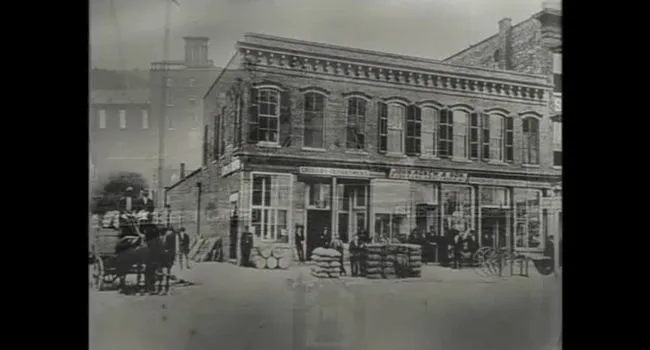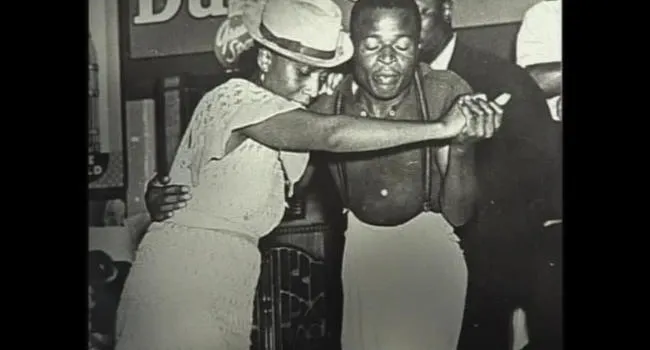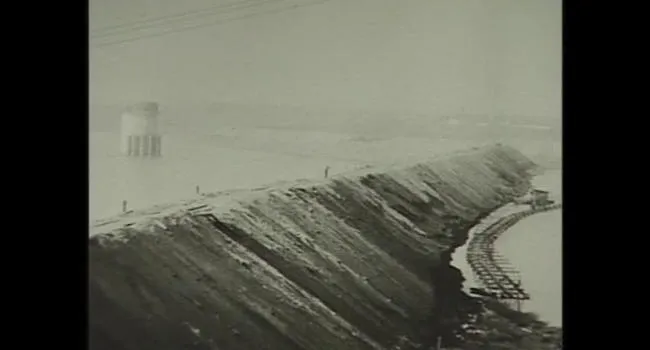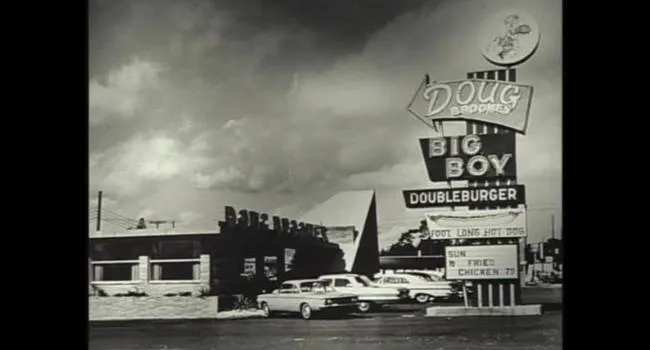In the 1970s, the growth of state government jobs and light industry began to draw people from outside the midlands into Columbia. New generations of residents moved back into Downtown Columbia, and re-established a sense of civic pride.
The late 70s and early 1980s saw the disappearance of beloved Columbia landmarks, but a new vision for Columbia was taking shape, in the form of newly elected mayor, Kirkman Finley, Jr. He believed in a strong, stable economy, and his legacy is symbolized by both the Vista area, and Finlay Park. His vision represents a benchmark of what Columbia can yet achieve, moving into the future.
Standards
- This indicator was designed to promote inquiry into the devastation of the Great Depression and the impact of the New Deal on a largely agricultural South Carolina. This indicator was also designed to foster inquiry into the economic diversification between World War II and the present, to include tourism, global trade and industry, and the maintenance of military bases.
- 8.5.E Utilize a variety of primary and secondary sources to analyze multiple perspectives on the cultural changes in South Carolina and the U.S.
En la década de 1970, el crecimiento de los empleos en el gobierno estatal y la industria ligera comenzó a atraer a personas de fuera de la región central a Columbia. Las nuevas generaciones de residentes regresaron al centro de Columbia y restablecieron un sentido de orgullo cívico.
Finales de los 70 y principios de los 80 vieron la desaparición de los adorados puntos de referencia de Columbia, pero una nueva visión para Columbia estaba tomando forma, en la forma del alcalde recién elegido, Kirkman Finley, Jr. Creía en una economía fuerte y estable, y su legado es simbolizado por el área de Vista y Finlay Park. Su visión representa un punto de referencia de lo que Columbia aún puede lograr, avanzando hacia el futuro.







